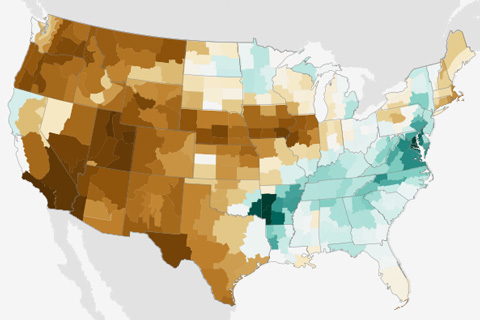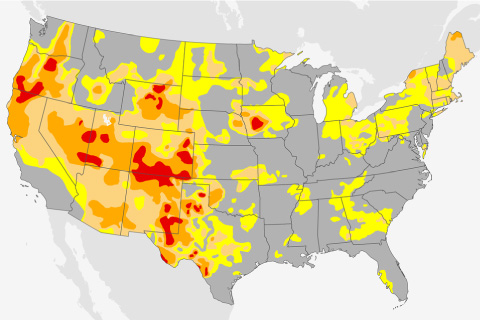
Desde las enfermedades relacionadas con el calor, pasando por la propagación de plagas y patógenos en nuevas zonas, hasta la acumulación de toxinas en los mariscos, es probable que el calentamiento global tenga graves repercusiones en la salud pública.







